|
I don’t think of myself as an especially good person (unlike White Savior Barbie, I’ve never traveled to help anyone but myself) -- but I try to do the right thing.
So imagine my surprise and disappointment when, over mango shakes in Malapascua, a fellow traveler told me, “I refuse to go to Oslob. It’s unethical." “Why?” I asked. It was my second day in the Philippines. I didn’t know anything about Oslob, other than it’s one of the few places in the world where you’re basically guaranteed to see a whale shark, year-round. “The sharks are there because they feed them. It’s chopped up fish and shrimp -- not their natural diet. And because they feed them, they’ve stopped migrating. It’s not natural, and we shouldn’t do things that change wild animals’ behavior. They’re basically captive. “Also, they’re so used to humans and excited about the food that they’ve started swimming right up to the boats, and even bumping into them. The boat drivers push them away with their feet so they don’t damage the boat, so the whale sharks have fungus on their skin.” I heard her out -- but I didn’t form a strong opinion about Oslob yet. I thought I should do some research, first, and get the facts before making a decision. Especially considering my experience in La Paz, Mexico, where I also swam with whale sharks -- or, as we called them, tiburon ballenas. (I know -- my Spanish is amazing.) My panga driver had wistfully told me about a time when the Sea of Cortez was teeming with wildlife, from tiburon ballenas to manta rays to schools of hammerheads. But now, thanks to poachers and longline fishermen, large animals have become much rarer.
Whale sharks in La Paz -- it was just me, my boyfriend, and the panga driver.
It begs the question: isn’t “unnatural” better than “dead”? So I did some digging. Sure enough, whale sharks are fished in some parts of the world, either to feed poor villages (including, once upon a time, Oslob) or to make shark fin soup -- a “delicacy” among those who don’t understand science and think shark fin soup has some kind of health benefit. (It doesn’t -- but it is extremely high in mercury and other harmful toxins. Thanks, bioaccumulation!) (And, in case you’re morbidly curious, no. Shark fin literally doesn’t even taste like anything. It’s flavored with chicken broth prior to consumption.) Moreover, according to National Geographic, The number of whale sharks (Rhincodon typus) has more than halved over the last 75 years, with legal and illegal fishing, entrapment in fishing gear, and collisions with boats responsible for the most deaths, according to the International Union for the Conservation of Nature (IUCN). So, yeah. I’ll leave it up to you to decide if “unnatural” is better than “dead.” For me, the answer seemed pretty clear. So after a few more days diving with thresher sharks in Malapascua and a giant sardine ball in Moalboal, I hopped on the (no AC) bus from Moalboal to Bato (1.5 hours), then switched to the Oslob bus (20 minutes). (They drop you off about a five-minute walk from the bus station -- that’s how they keep the motorbike drivers employed -- but if you don’t have the 15-20 pesos for a ride, it is definitely walkable.) It was my favorite part of the whole Cebu trip. I didn’t see any trash or plastic anywhere, except for one lone water bottle floating downstream from Tumalog Falls. It was almost as though, despite the same lack of infrastructure any other town in Southeast Asia may struggle with, they were making a conscious effort not to throw trash everywhere. Almost as thought they were actively trying to make it “eco-friendly” or something. For example, here's the non-tourist beach in Oslob: And here's the non-tourist beach pretty much everywhere else in Southeast Asia:
The people were super friendly, showing genuine warmth and curiosity, rather than simply spouting, “HALLO GIVE ME MONEYYYYY,” or, “Motorbike, mam?” I ended up playing basketball with the boy's high school team and volleyball with the girl's volleyball team. And those girls were tough -- disciplined, aggressive, and unafraid to take risks. I stayed in the coolest little beach bungalow/tiny house at Maxvir Inn Beach Resort ($10 per night -- sign up for Hotels.com using my referral link, and we both get $50). They’re located right on the water, and have their own private swimming area/ocean entrance. There is a kitchen, with free filtered water, and the nicest people you will ever meet. Each member of the family made a point to chat with me about their favorite Oslob secrets and ask me about life in California. They even invited me to sing karaoke with me one night when they rented a videoke machine for their personal use! It was only $10 per night (I met someone who was paying $9 a night, but it was a bunk in a dorm -- I got the much better deal), and just far enough from town that it felt rustic rather than touristy… while still being walking distance from the touristy stuff. (It takes about 15-20 minutes.) You should book with Maxvir, and you should use my referral link (for Hotels.com or Booking.com) to do it so we both save money on our travels.
Teamwork makes the dream work, guys. Here's that link again.
And, of course, I did the whale shark experience. I feel like most of the concerns people have with it were addressed during the mandatory 10-minute talk before the snorkel trip. If you touch the whale sharks (they have very sensitive skin), you get a huge fine. If you can’t pay the fine, you go to jail. If you use flash photography (whale sharks are sensitive to light), you get fined. No one is allowed to wear sunscreen or other lotions or oils in the water. (So bring a rash guard and/or go early!) Everyone gets exactly 30 minutes with the whale sharks. (Which, for me, was a little short, but for most people, was plenty. They’re all, “Okay, I held onto the boat and put my face in the water and saw it, now let’s go.” And I’m all, “I’m going to swim with all the whale sharks, every time they come anywhere near me!”) The ship is very tightly-regulated, and they don’t fool around. The thing you have to know, though, is that it’s going to feel a bit like a zoo, rather than a pure nature encounter. Which has its pros and cons. When I swam with the whale sharks in La Paz, it was really exhausting! I’d wanted to dive, rather than snorkel, with them, but the panga driver said that I couldn’t. When we got there, I understood why. Basically, he’d drive his boat around in the areas where they feed -- then he’d point to the water and say, “Now! Jump in! Swim!” Then I’d jump in and swim as fast as I could, but I could still barely keep up with the whale shark. Then I’d get back in the boat until we spotted another whale shark. Then I’d jump back in and swim fast again and the cycle would repeat. We usually had the whale sharks to ourselves, but we did have to share one with one other boat, once.
Oslob was nothing like this.
Instead, you take a motorbike, bus, or habel to Tan-awan, about 9km from Oslob. There, you wait in line to buy a ticket. (The line gets longer on the weekends, as this is when locals go.) The ticket is 1,000 pesos (~$20 USD), and that is not a rate that is negotiable. Your hotel might try to sell you some kind of package for 1,100+ pesos, but they’re literally selling you the exact same thing you’d buy on-site… but for more money. There is only one operation running whale shark tours, and the cost is 1,000. (Or, you can give your 1,000 pesos to a local, and he will cut in line and get your ticket faster. This is something I did have moral misgivings about, but the deal was done before I even arrived -- I’d met a man the previous night, and we’d agreed to meet at the Whale Shark Center at 6:05am.)
Word to the wise: if you go on a weekend, it's a total madhouse. But, as I later found out, it's also totally fine, because they regulate how many people are in the water at a time.
Next, you file into a little seating/standing area, and watch a 10-minute mandatory presentation with the rules and regulations. From there, you go outside with your ticket. They take your ticket and give you a number. When your number is called, they give you a lifejacket (which you can take off as soon as you get in the boat) and you get in the boat.
This is my "suspending judgement and managing expectations accordingly" face.
About four minutes later, your boat joins a long line of other boats. You’re reminded not to touch the whale sharks, and then your thirty minutes in the water start. Everything up to this point feels like Disneyland. But, for me, anyway, once I put my face in the water, I felt like it was just me and the whale sharks. If you can’t lose yourself in the world’s largest non-mammal vertebrate, what can you lose yourself in? Especially if you actually know how to snorkel -- so you let go of the boat's outriggers and dive down away from the crowd. After my La Paz experience, I’d been tempted to rent fins (masks and snorkels are included -- fins are not) -- but they were completely unnecessary. The whale sharks in Oslob move slowly, and when one swims away, another soon takes its place. I did a bunch of freediving down to see the underside of the whale sharks, but they stayed at a shallow enough depth that I could swim completely below and around them on one breath and no fins. (Note: if you do want to rent fins, it'll be about 100 pesos, or $2 USD, from one of the little shops near the beach. You can also rent a locker for about 30 pesos -- but, honestly, if you have a dry bag, I think your stuff will be perfectly safe on the boat.) I’d been torn about whether it would be worth it to scuba dive instead of snorkel. I think if you’ve got the money (diving is about 1,800 pesos, or $35 USD) or want to log more dives, then dive. However, the only advantage I saw to diving vs. snorkeling was that I think the divers get more time with the whale sharks (it’s a shallow enough dive that I’ll bet their tanks lasted an entire hour!)... But I’m not convinced they had a better or closer encounter with the whale sharks. After all, they feed the whale sharks at the surface, not at depth.
Eventually, I noticed that my boat, #26, was gone. I can’t say I was heartbroken to have been left behind -- though I did spend a lovely moment reflecting on The Story of Ping.
Now you can, too (you're welcome): But -- tight ship, remember? I saw boat #26 heading towards me, packed with n-1 passengers. They knew I was missing, and they knew exactly where to find me.
Back on the boat. I wish I'd had more time -- but I was still SO happy!
Having completed the experience, I could address some of the recurring criticisms I'd heard about the whale shark experience: 1. Contact and interaction. The criticism is that touching the whale sharks is unhealthy for them. Prior to 2015, compliance to interaction regulations was monitored by Large Marine Vertebrates Project Philippines (LAMAVE) for 3,849 minutes. Surveys lasted for 20 minutes or until the shark moved out of sight. LAMAVE recorded 1823 ‘active touches’ of the whale sharks, or about 29 touches per hour. However, if this was the case then, it doesn't seem to be the case now. I saw one guy touch the whale sharks. It was unclear to me if it was an accident or not. Either way, it's not ideal -- but it's definitely not the situation it was a few years ago. 2. Contact with boat drivers. My friend in Malapascua had lamented that the boat drivers used their feet to push the whale sharks away from the boats, and it gave them fungus on their mouths -- kind of like this:
Image: Dive Bohol.
See that white stuff? That's the infection. However, I didn't see a single whale shark with any visible infections, nor did I see boat drivers contacting the whale sharks. Because the boat drivers don't do that anymore. The previously-mentioned LAMAVE study noted that 89% of the touches were between boat drivers and whale sharks. This might help explain why I observed so few touches, and why I didn't see any whales with infections. It's good to keep your thinking flexible, especially when presented with new information. 3. Changes to migration. Again, to me, it's unnatural vs. dead. Whale sharks migrate because they need to follow the nutrients. If they can get all the nutrients they need without migrating through dangerous waters, maybe that's a good thing. The thing that would make me change my mind about this would be finding out that staying in Oslob rather than migrating prevents them from mating. However, I haven't read anything about this, as little is actually known about whale shark reproduction. It could be bad. It could not be. I think it is a sign of a good thinker to be ambivalent about certain topics, and/or to be willing to change their mind in light of new information. So, to summarize: Yes, this was an amazing experience. I loved it so much, I would even do it again. Yes, I loved Oslob. It was my favorite town in Cebu. No, the sharks aren’t “captive.” No, the sharks aren’t being fed “unnatural” food. (Though it's possible their diets are less diverse than they would be in the wild.) Yes, Oslob residents deserve major props for designing an eco-experience, which even extends to the cleanliness of their beaches, streams, and roads. Yes, the whale shark experience provides a solid income source to dozens of fishermen, who might otherwise be hunting, rather than protecting, the whale sharks. Morally, it might be better to go see the whale sharks than not to.
1 Comment
Elise
7/6/2018 07:24:30 pm
Thank you so much for sharing this!!! I have been doing my research and came to the similar conclusion; it's so cool to hear about and see pictures of your experience! I hope to go there at some point if I can be brave enough, it will be my biggest trip alone out of the country. Thanks again for the inspiring story! :)
Reply
Leave a Reply. |
About the Author

Eva is a content specialist with a passion for play, travel... and a little bit of girl power. Read more >
Want to support The Happy Talent? CLICK HERE!
Or Find me on Patreon!
What's Popular on The Happy Talent:
Trending in Dating and Relationships:
What's Popular in Science: Playfulness and Leisure Skills:
Popular in Psychology and Social Skills:
Categories
All
|
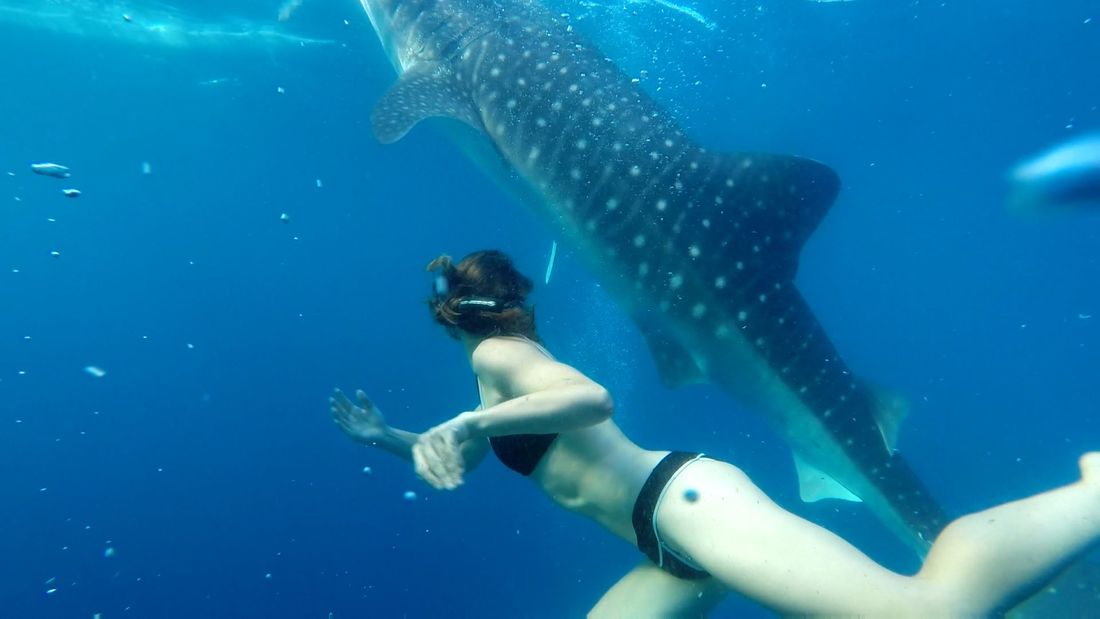

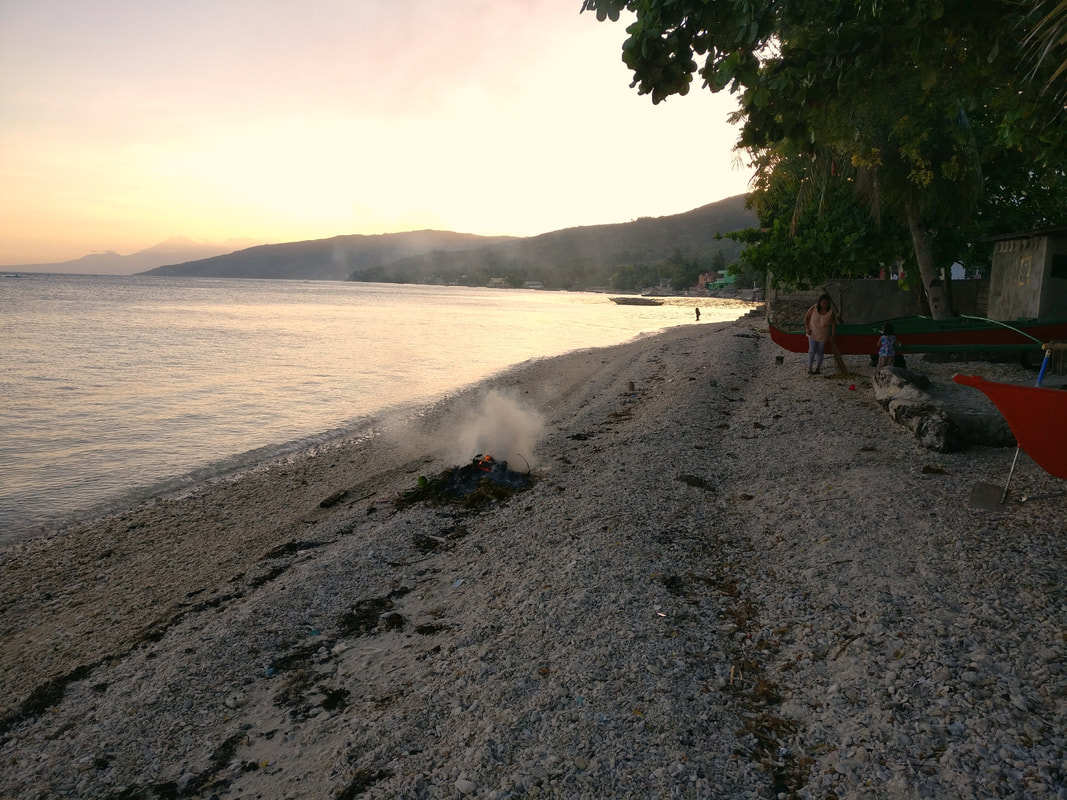
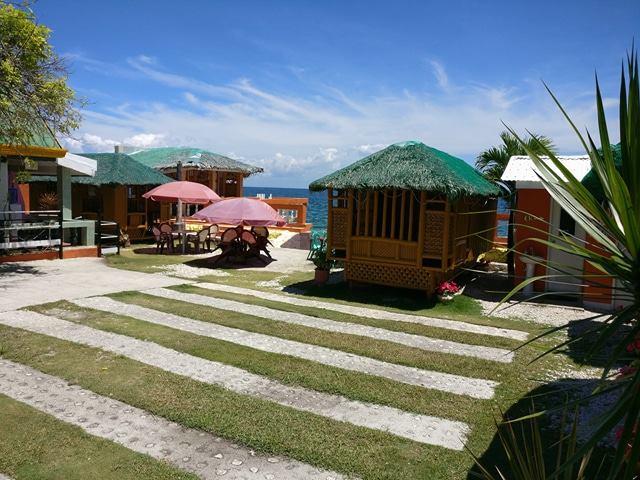




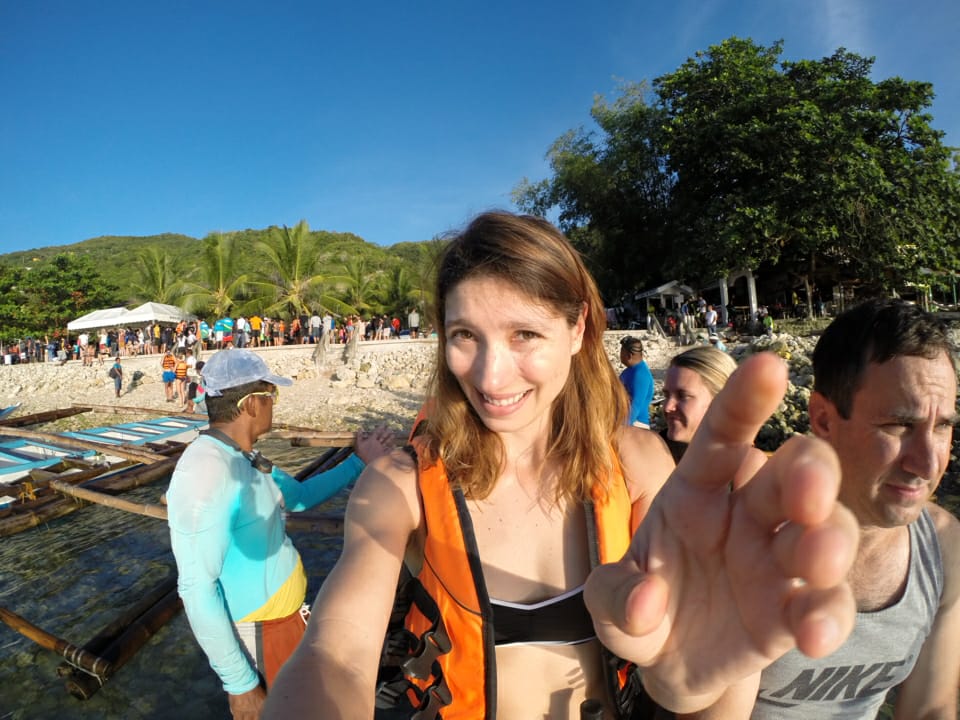
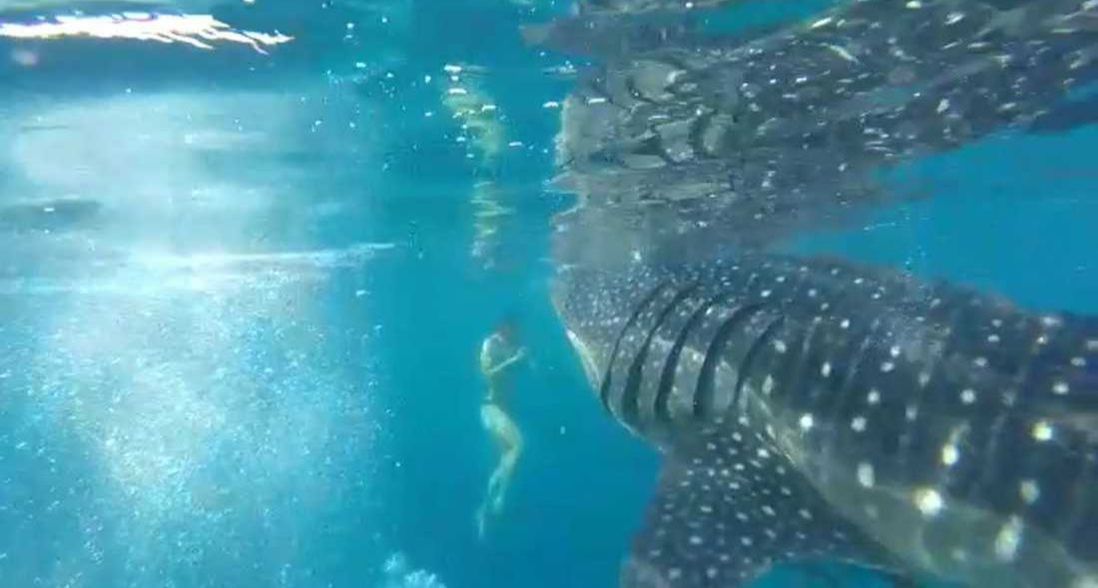
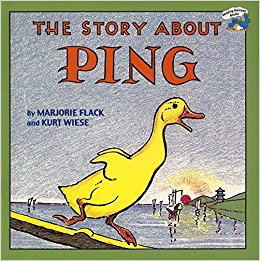


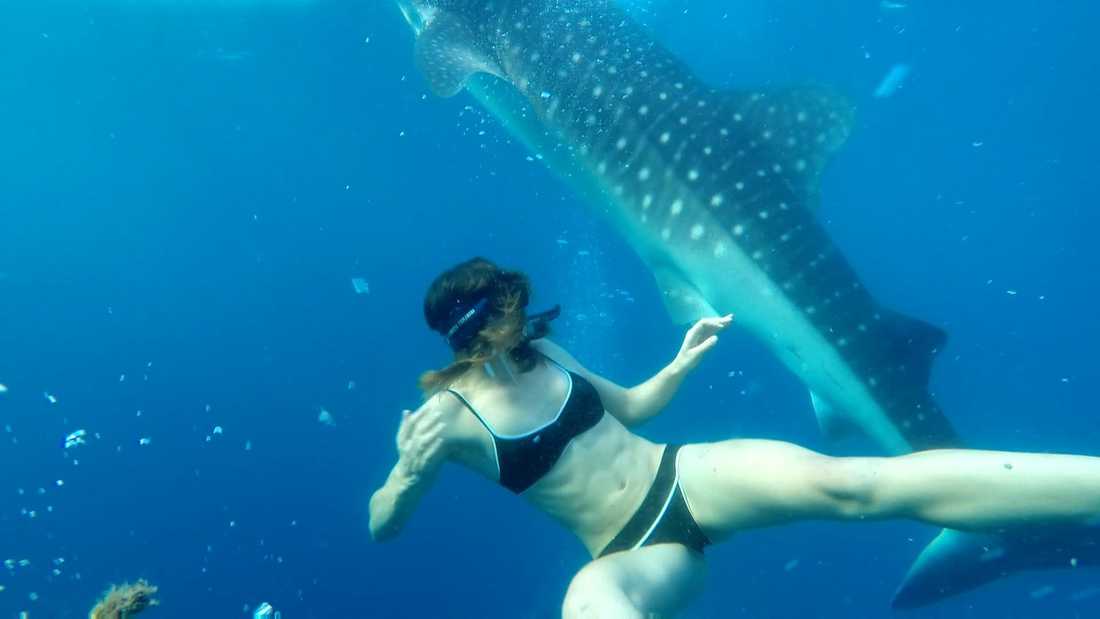



















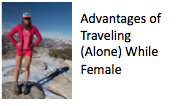





 RSS Feed
RSS Feed